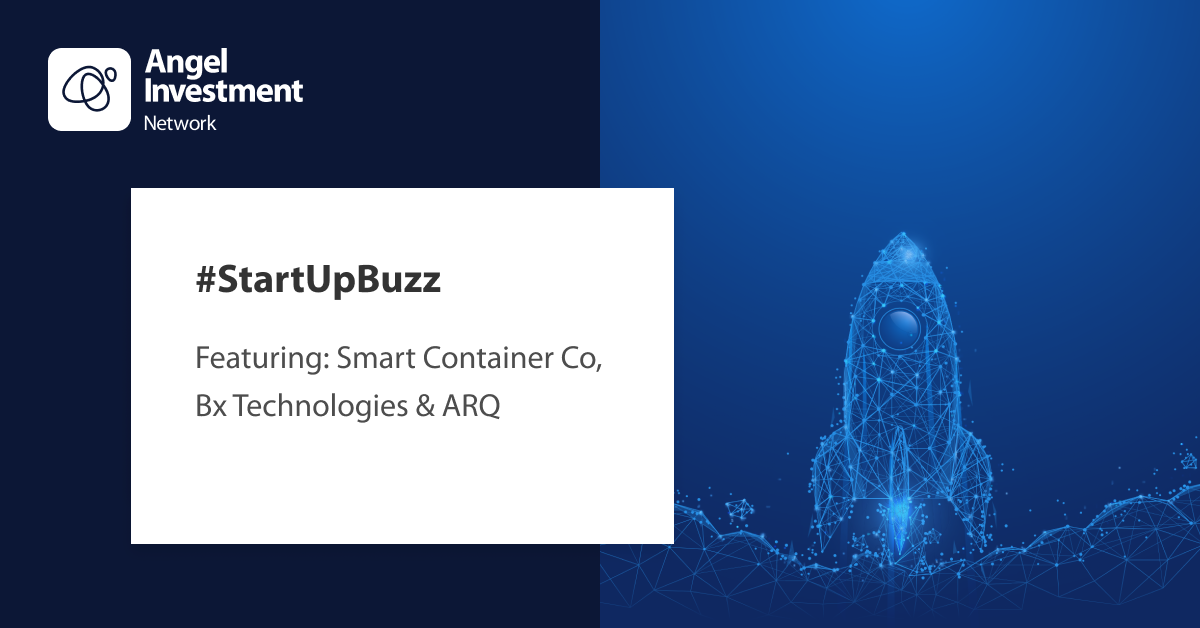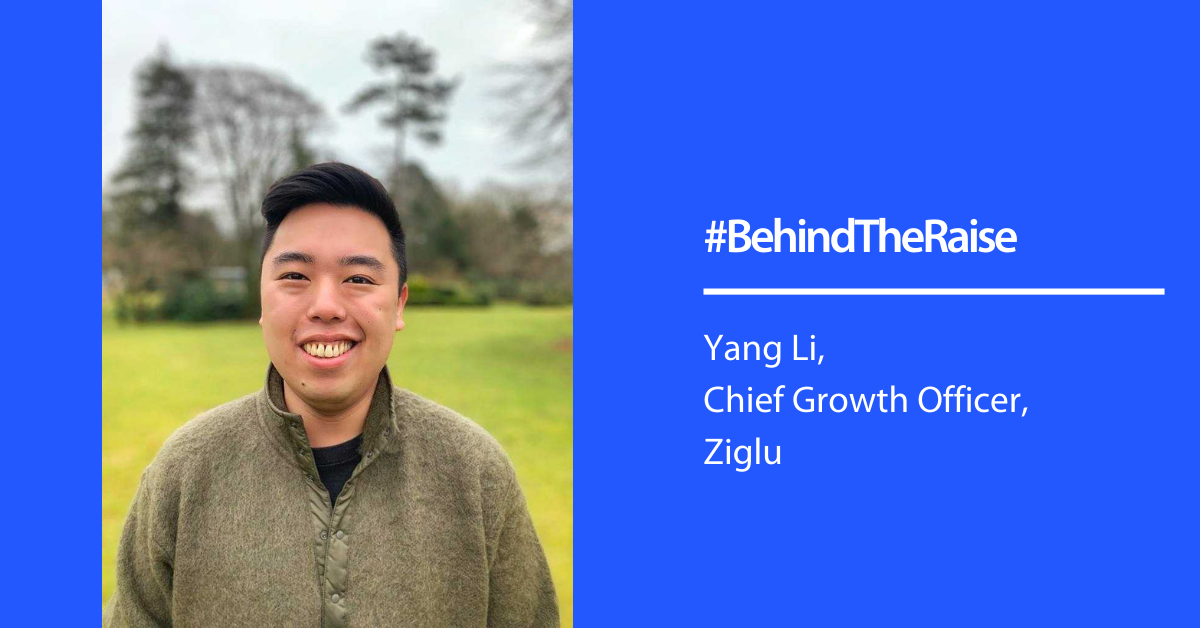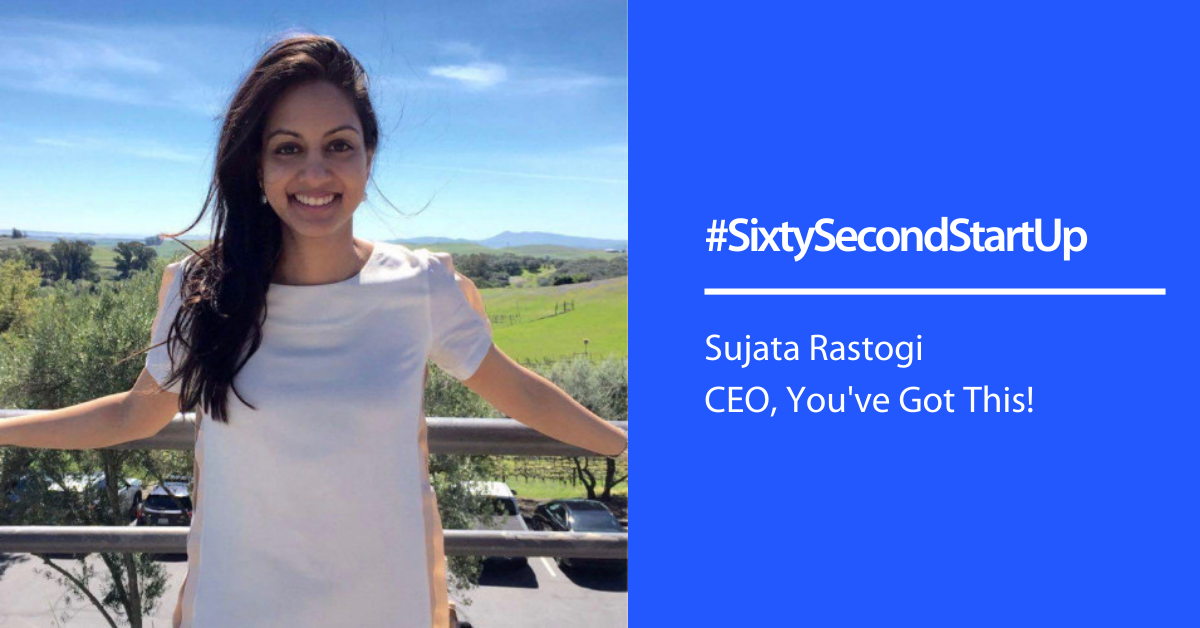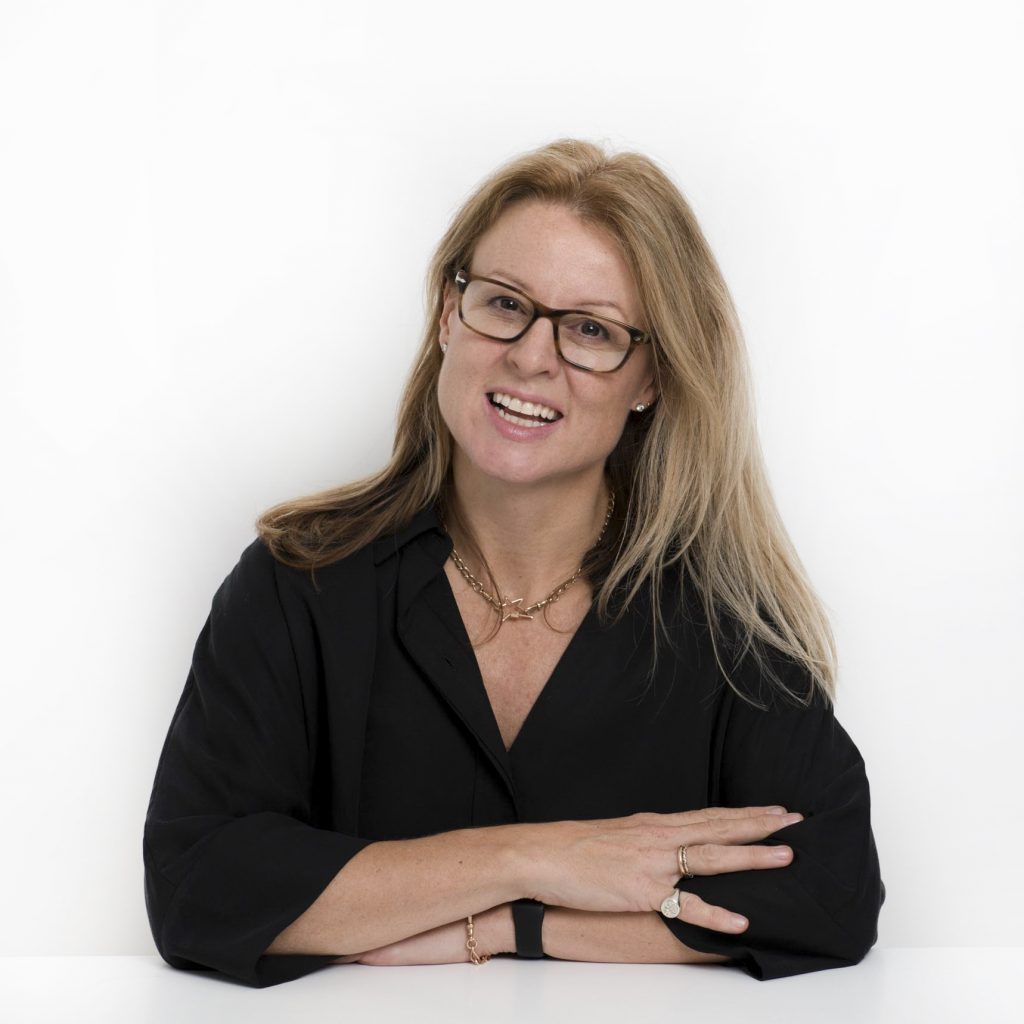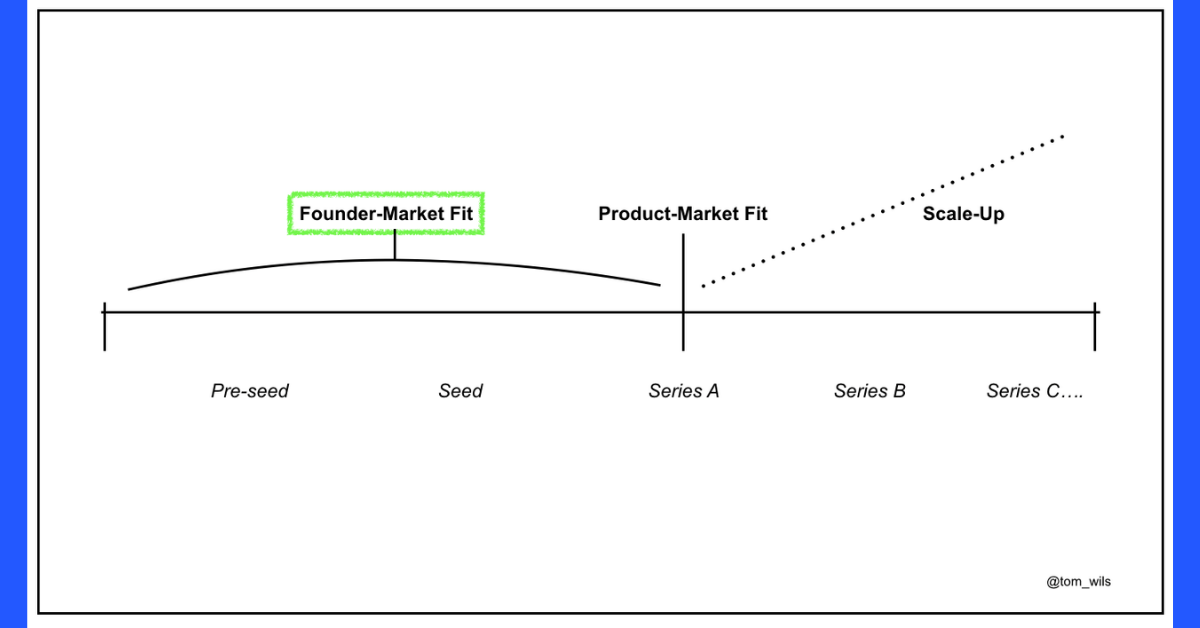A new survey conducted among global investors by Angel Investment Network has shed light on the preferences, motivations, and advice from angel investors.
It reveals angel investors are more motivated by positive impact than ever before while financial fundamentals are crucial, with over valuations revealed as the biggest startup mistake.
Angel Investment Network surveyed investors across our global network to take the temperature of investors in 2024. The key findings include:
Investment patterns
A majority of investors had invested in 10 or fewer businesses, with 28% investing in under 5 and 30% investing in 6-10. Positive impact emerged as a crucial factor influencing investment decisions, with 72% of respondents expressing some degree of agreement with its importance. For many, investing isn’t just about financial gain; it’s about catalysing change and leaving a lasting imprint on the world.


